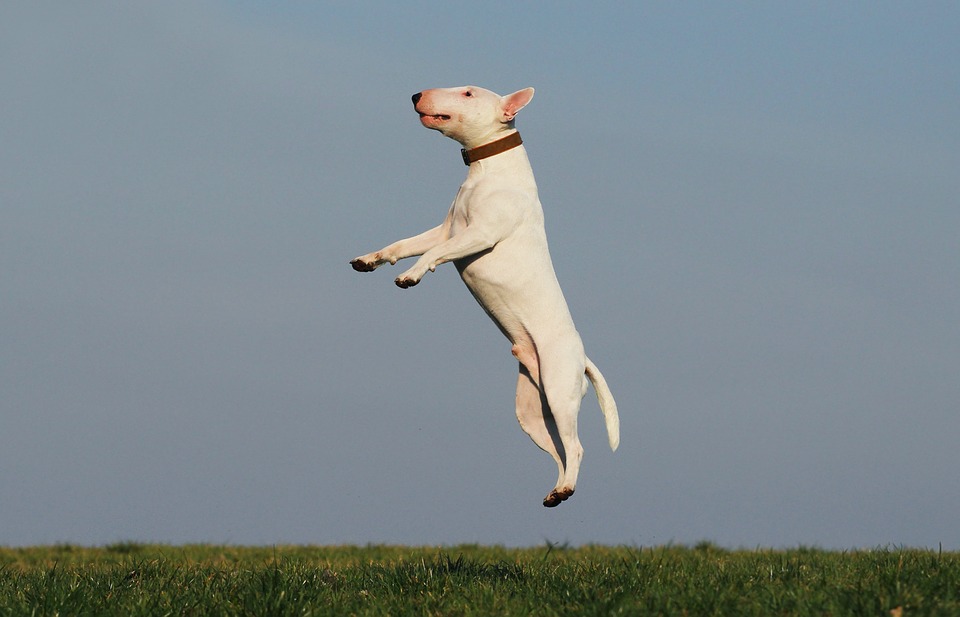Bell Training Puppy Techniques: Potty Training and More!
In this article, we will discuss bell training puppy techniques especially potty training, and some more about it. If you’re a new dog owner, bell training your puppy is an important step in his or her development. Not only will it help with potty training, but bell training can also be used to teach basic obedience commands and reduce barking. In this blog post, we’ll discuss the basics of bell training and how to get started. We’ll also cover some of the DO and DONT’s of bell training. This will allow you to make sure your pup learns the desired behaviors quickly and effectively!
Why bell training is important?
There are several reasons why bell training is so important for puppies:
- First and foremost, it helps with potty training. When your pup learns to associate the sound of the bell with going outside to relieve themselves, they’ll be much more likely to ring the bell when they need to go out instead of simply peeing or pooping in the house.
- Bell training can also be used as a tool for basic obedience commands. Once your pup understands that ringing the bell gets them what they want (such as treats or access to outside), you can start using the bell as a cue for things like sit, stay, come, and down.
- Finally, bell training can help reduce barking by teaching your pup that the sound of the bell means it’s time to be quiet.
Potty Training Techniques
Now that you know why bell training is important, let’s take a look at how to get started.
The first step is to attach the bell to your pup’s collar. This can be done with a simple metal ring or keyring, or you can buy a bell specifically designed for this purpose. Once the bell is attached, begin by taking your pup outside every time they go to the bathroom. As they start to associate ringing the bell with going potty outdoors, they’ll eventually start ringing the bell themselves when they need to go.
arnavutköy escort bayan
It’s important to be patient and consistent during this process; it may take several days or even weeks before your pup fully understands what you’re asking of them. And don’t forget to reward them with treats (or access to outside) each time they ring the bell correctly.
Do’s and Dont’s of Bell Training Techniques:
When starting bell training, there are a few things to keep in mind. Here are some do’s and don’ts to help you get started:
- DO make sure your pup is supervised when he or she is ringing the bell, especially when outside. You don’t want them getting into mischief while you’re not paying attention!
- DON’T give your pup too many treats for ringing the bell. This can create bad habits and make it harder for them to learn which behaviors result in rewards. A good rule of thumb is to only give a treat once they’ve completed the desired behavior a few times in a row.
- DO keep bell training sessions short and positive. Puppies get bored easily, so don’t expect them to learn everything in one sitting!
- DON’T use negative reinforcement when bell training your pup. This includes things like yelling, scolding, or physically punishing them when they ring the bell inappropriately. Not only is this ineffective, but it can also be damaging to your relationship with your pup.
By following these do’s and don’ts, you’ll be well on your way to successfully bell training your puppy! For more tips and advice, be sure to check out our other blog posts on dog obedience training.
Does The Dog Training Work What You Want?
There is a lot of debate on whether or not dog training works. Some people swear by it, while others believe that it’s nothing more than a waste of time and money. So, what’s the truth? Does bell training for your puppy work?
The answer to this question depends on what you’re hoping to achieve with your dog training. If your goal is to teach basic obedience commands like sit, stay, come, and down, then yes – dog training can be very effective. Most dogs will learn these commands fairly quickly if they are taught positively and consistently.
However, if your goal is to train your dog not to bark or jump up on people, then the success rate of training decreases significantly. This is because these behaviors are often tied to the dog’s natural personality and instincts, which can be difficult (if not impossible) to change.
Overall, it’s important to remember that dog training is not a one-size-fits-all solution. What works for one dog may not work for another, so it’s important to find an approach that fits both you and your pup. If you’re having trouble achieving success with your current method of training, don’t be afraid to seek out professional help from a qualified trainer. They can help you develop a training program that will work best for you and your canine companion!
Who Can Do Bell Training Better?
In the world of bell training, there are two types of people: those who can do it well, and those who can’t. So, which one are you? If you’re not sure, don’t worry – most people fall into the latter category at first. After all, bell training is a skill that takes time and practice to master.
ataşehir escort bayan
That being said, if you’re willing to put in the effort, anyone can learn how to bell train their dog successfully. It may take some trial and error before you find a method that works best for both you and your pup, but with patience and perseverance, you’ll be able to teach them everything they need to know!
What cautions are important while bell training?
There are a few cautions that are important to keep in mind while bell training your pup.
- First and foremost, make sure you are always supervising them when they are ringing the bell, especially when they are outside. You don’t want them getting into mischief while you’re not paying attention.
- Another thing to keep in mind is how many treats you give your pup for ringing the bell correctly. If you give them too many treats, they may start to associate ringing the bell with getting something good – which can be difficult to break once it becomes a habit. A good rule of thumb is to only give a treat once they’ve completed the desired behavior a few times in a row.
- Finally, remember to keep bell training sessions short and sweet. You don’t want your pup getting bored or frustrated with the process, which can lead to them becoming disobedient. Start with a few short sessions per day and gradually increase the amount of time you spend bell training as they get better and better at it.

